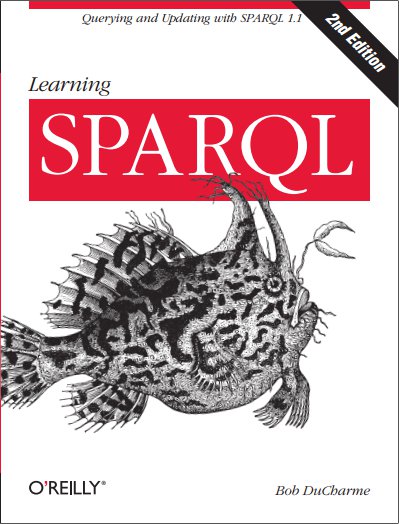Since I first wrote on sending DBpedia SPARQL queries about Bart’s blackboard messages at the start of Simpsons episodes, I’ve learned a lot more about SPARQL (reading the spec helped) and I wanted to walk through some of the things I’ve learned by expanding on and refining my original query.
When people talk about semantic technology, they’re often talking about technology that has nothing to do with semantics. They’re talking about the new possibilities that the RDF data model and the SPARQL query language add to distributed database applications, and there’s a lot to talk about. As Jim Hendler once wrote,
In an August 19th interview with Jon Udell, David Huynh of Freebase (and formerly of MIT’s Project Simile) introduced his Freebase demo by describing a hypothetical query to a database asking for presidents’ ages when they are inaugurated and whether there’s a trend that we’re getting younger presidents. Jon replies:
After joining twitter last April, I entered the following as my second entry a month later:
My main goal for doing a SPARQL query against XBRL data was to be able to pull out the same bit of information from multiple companies’ reports at once, and it turned out to be much less work than I thought it would be. Here is the result of my query for interest expense figures across several companies:
In trying to learn more about XBRL, an important first step is to find software, and I don’t want to pay for it. Open Source is even better, in case I want to build some application around it. I’ve written up my research experience with each free package I heard about, roughly in most promising to least promising order. For sample input, most of my testing used XBRL filings to the SEC by large multinational corporations specializing in carbonated brown sugar water.
Delivery of XML on web browsers isn’t as popular as XML’s inventors originally hoped, but it’s still useful. It’s easy to add a standardized processing instruction to your XML that points at an XSLT stylesheet that converts your XML to HTML, and then when you open the XML file in your browser, you see the result. When you need a rendered version of some XML to review, this can make it happen pretty quickly. (The W3C Recommendation Associating Style Sheets with XML…
*Facts are simple and facts are straight
Facts are lazy and facts are late
*

